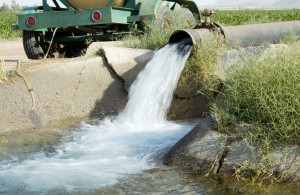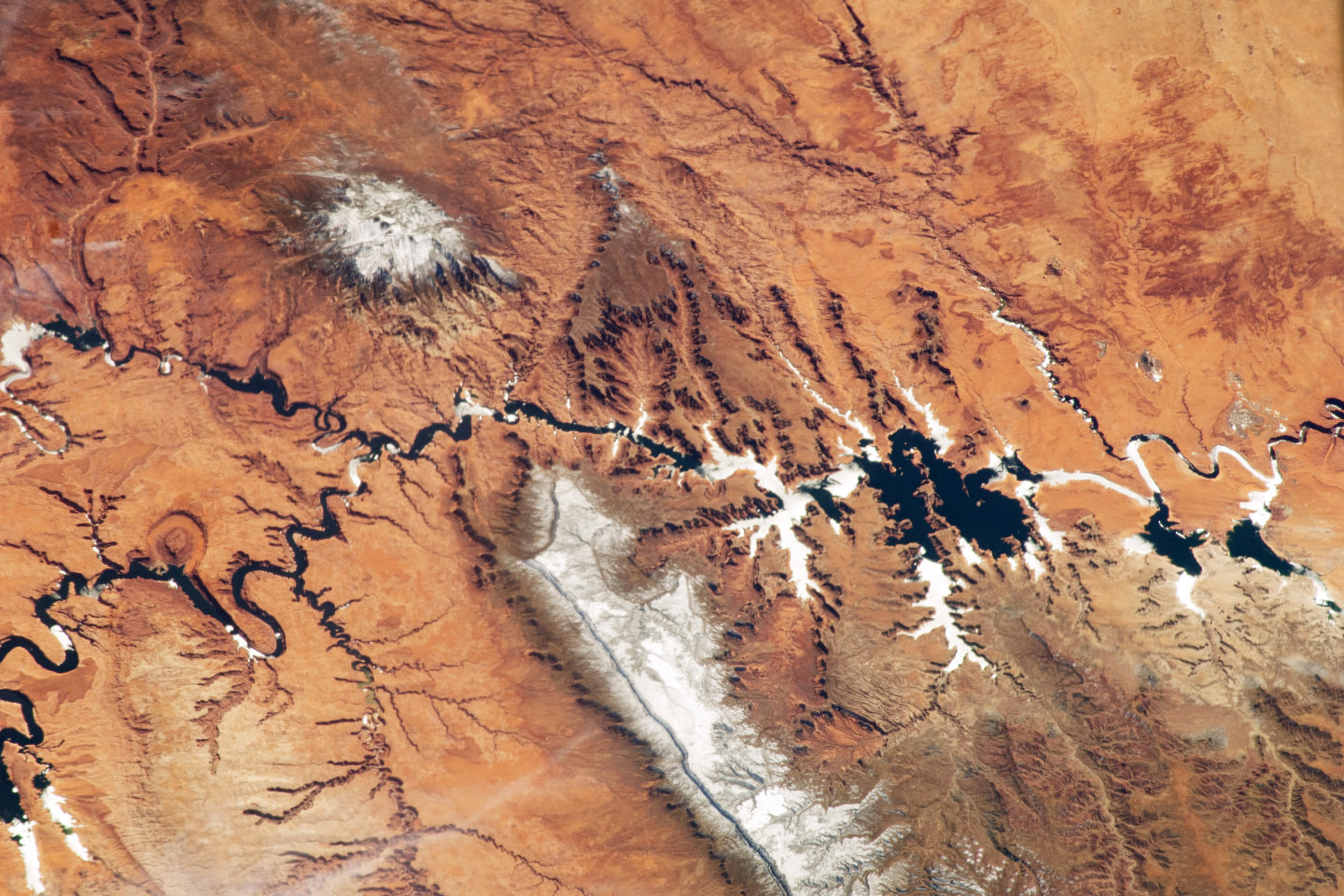Obama reappoints Sustainability Scientist to Committee on the National Medal of Science
View Source | April 11, 2013
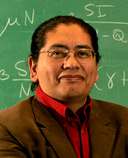 Arizona State University Professor Carlos Castillo-Chavez has been reappointed to the U.S. President’s Committee on the National Medal of Science.
Arizona State University Professor Carlos Castillo-Chavez has been reappointed to the U.S. President’s Committee on the National Medal of Science.
Castillo-Chavez is a Regents’ Professor and a Joaquin Bustoz Jr. Professor at ASU. He is a faculty member in ASU's School of Sustainability and a Distinguished Sustainability Scientist in ASU's Global Institute of Sustainability. President Obama first appointed him to the President’s Committee on the National Medal of Science in 2010.
The 12-member committee evaluates and nominates fellow scientists for the National Medal of Science—one of the field's highest honors. Nominated scientists come from the physical, biological, mathematical or engineering sectors.
Upon his reappointment, President Obama said: “I am grateful that these impressive individuals have chosen to dedicate their talents to serving the American people at this important time for our country. I look forward to working with them in the months and years ahead.”



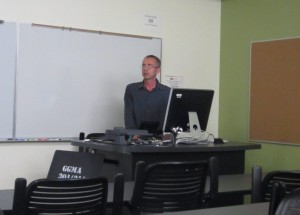 Pop quiz question—how much of the earth’s surface is covered in water? The answer is 70%. Although that is a big number, less than 1 percent of that water is actually suitable for human use and consumption. The majority of the water on Earth is
Pop quiz question—how much of the earth’s surface is covered in water? The answer is 70%. Although that is a big number, less than 1 percent of that water is actually suitable for human use and consumption. The majority of the water on Earth is  Last fall, students in a community building course partnered with Valley Forward (now Arizona Forward) to develop new ideas for vacant lots near Phoenix's light rail corridor. The same students presented their work to Arizona Forward this semester and the organization has decided to turn their suggestions into a white paper and toolkit.
Last fall, students in a community building course partnered with Valley Forward (now Arizona Forward) to develop new ideas for vacant lots near Phoenix's light rail corridor. The same students presented their work to Arizona Forward this semester and the organization has decided to turn their suggestions into a white paper and toolkit.
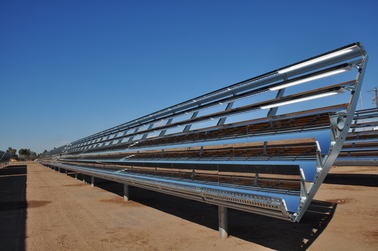 Salt River Project (SRP) and
Salt River Project (SRP) and 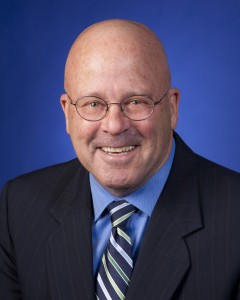
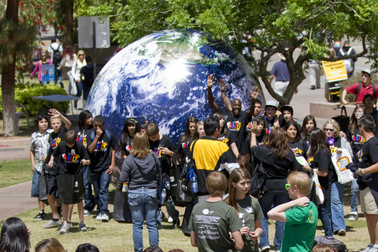 Earth Day
Earth Day
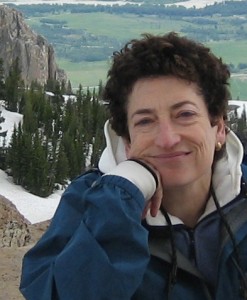
 Joseph Miceli, a researcher at ASU’s Biodesign Institute with Sustainability Scientists Rosa Krajmalnik-Brown and Cesar Torres, is studying how the anode respiring bacteria can be used to clean up waste and produce hydrogen or electric energy.
Joseph Miceli, a researcher at ASU’s Biodesign Institute with Sustainability Scientists Rosa Krajmalnik-Brown and Cesar Torres, is studying how the anode respiring bacteria can be used to clean up waste and produce hydrogen or electric energy.
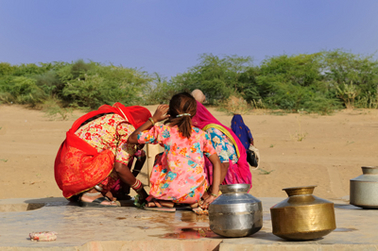 Researchers at Arizona State University, including Sustainability Scientist Marco Janssen, are using games to learn about water resource sharing and cooperation among people.
Researchers at Arizona State University, including Sustainability Scientist Marco Janssen, are using games to learn about water resource sharing and cooperation among people.
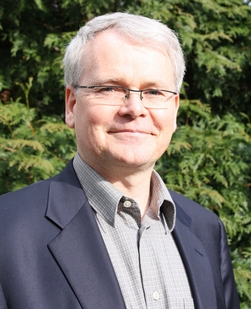 The School of Sustainability at Arizona State University has announced its new dean effective July 1, 2013. Christopher Boone, a professor at the School of Sustainability and School of Human Evolution and Social Change, has served as the associate dean for education of the School of Sustainability since July 2010. Boone has been with ASU since 2006 and is a member of the executive committees of the School of Sustainability and the Global Institute of Sustainability.
The School of Sustainability at Arizona State University has announced its new dean effective July 1, 2013. Christopher Boone, a professor at the School of Sustainability and School of Human Evolution and Social Change, has served as the associate dean for education of the School of Sustainability since July 2010. Boone has been with ASU since 2006 and is a member of the executive committees of the School of Sustainability and the Global Institute of Sustainability.
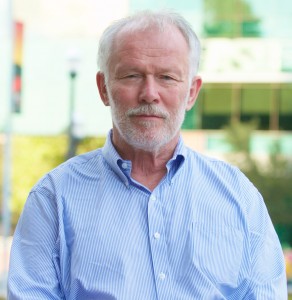
 Arizona State University's Institute for Humanities Research received funds from the Andrew W. Mellon Foundation to join forces with humanities research centers worldwide to foster novel ways of collaboration for a more sustainable future.
Arizona State University's Institute for Humanities Research received funds from the Andrew W. Mellon Foundation to join forces with humanities research centers worldwide to foster novel ways of collaboration for a more sustainable future.
 via
via 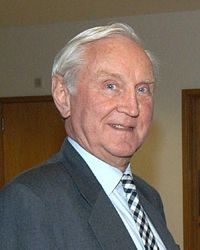 Britain’s Sir Crispin Tickell will be visiting Arizona State University to discuss “The Human Future” on Thursday, April 11, from 6:00-7:30 p.m. at the Tempe Center for the Arts in the Lakeside Room.
Britain’s Sir Crispin Tickell will be visiting Arizona State University to discuss “The Human Future” on Thursday, April 11, from 6:00-7:30 p.m. at the Tempe Center for the Arts in the Lakeside Room.
